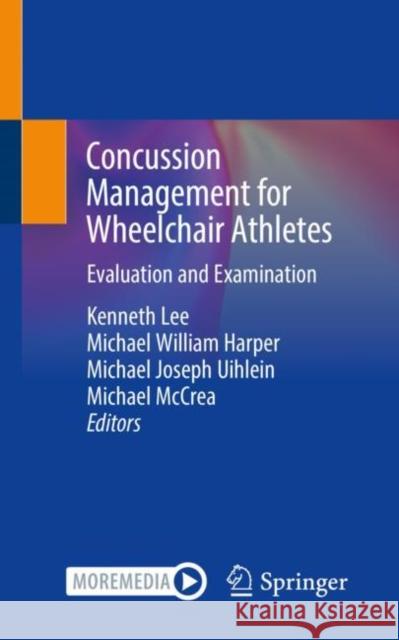Concussion Management for Wheelchair Athletes: Evaluation and Examination » książka
topmenu
Concussion Management for Wheelchair Athletes: Evaluation and Examination
ISBN-13: 9783030830038 / Angielski / Miękka / 2021 / 158 str.
Kategorie BISAC:
Wydawca:
Springer
Język:
Angielski
ISBN-13:
9783030830038
Rok wydania:
2021
Wydanie:
2021
Ilość stron:
158
Waga:
0.32 kg
Wymiary:
20.57 x 20.32 x 1.02
Oprawa:
Miękka
Wolumenów:
01











